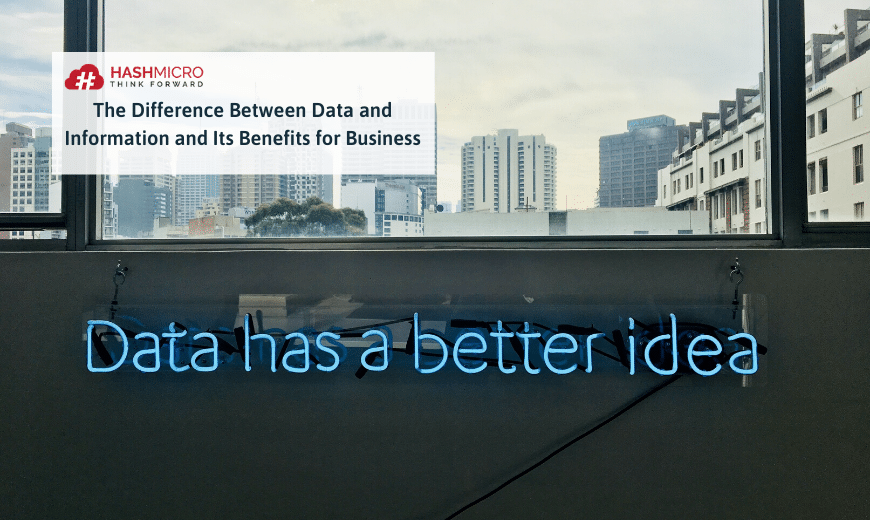One of the factors that cause business failures is their inability to develop advanced business strategies. How is that possible? Primarily, all business strategies, goals, policies, and other things related to organizational management should be based on reliable sources. These sources are the key elements that most companies don’t set as a priority. Some of them might claim that they sadly don’t have access to reliable sources. Or, in the worst cases, the management can’t even tell the difference between data and information. To collect data and information, you can use a document management system.
However, if you are here because you can’t tell the difference between the two, don’t feel ashamed. It’s better late than never. Plus, you can get more knowledge about the best way to retrieve data and information.

Tabel Of Content
- What is data?
- What is information?
- The best way to retrieve data and generate information
- Conclusion
What is data?
In short, data are numbers, pictures, statements, or others that are not processed.
Data can be names, emails, addresses, sales data, or other things that are similar to it. If you collected all bills from your vendors, in certain periods, then you counted the totals, you would have data.
All businesses generate data. It could be from the POS system, vendors’ and customers’ email lists, name cards, meeting summaries, or casual talk from your leads.
It’s important to note that data is not always in the form of numbers. There is structured data. It is data that you can easily put into specific formats. For example, inventory data in a warehouse that you put into tables in the spreadsheet.
Then, there is also unstructured data such as pictures, audio, videos, writings, or conversations. This distinction is pretty much the same as the difference in data type; quantitative and qualitative.
Raw data or unprocessed data don’t have any practical use. For example, you know that today there were 30 people who requested sales orders. It only tells you the amount of sales orders and that is all.
However, if you have another set of data that can answer the questions of who, when, where, why, and what, you can have something beneficial for your business strategy.
You will have information.
What is information?
Information is processed data. It has meaning and context. The data that has been melded give you information that becomes your base in the decision-making process.
For example, let’s continue the 30 people requesting sales orders. If you peer into the data, you will know what the best-selling items are, where they are from, or the time when most inquiries come.
When you group, combine, manage, and analyze the data, you will have information. Through information, you can learn the trends, relations, or new insights on how your business performs. Moreover, the information will help you develop strategies and business intelligence.
The best way to retrieve data and generate information
Your company will forever rely on these elements in order to survive. You will have to face various situations that will require different data. There will be moments when you need to cut costs, open a new branch, or try new marketing strategies.
Whatever your plan is, the data that back it should be valid and accurate, especially when it concerns your business performance. It is important because any steps that you take should depart from your current business situation. Therefore, any strategy that you make won’t cause the business to move backward.
The best way to retrieve data fast and easily is by implementing a system that automates your business. With automation, the system will always record and store the data you input.
When the system has stored enough data and you need new insight into your business, you only have to convert the data into reports. If it takes you hours to create one manually, with the system you can have it in just a matter of seconds.
A good system also has a pivot feature in reporting. So, you can filter the data and customize it based on your necessities quickly. The system will provide you with accurate data because it shows you what you input.
Only with “good” data, you can generate “good” information – the most important aspect for an effective business strategy.
Conclusion
Now you know the difference between data and information. Data form information and information form a successful strategy. Without the first, you can’t have the second nor the third. The data that is going to be processed should be accurate and the easiest way to earn it is by using a system that automates your business and stores the data. Get free demo now!


































